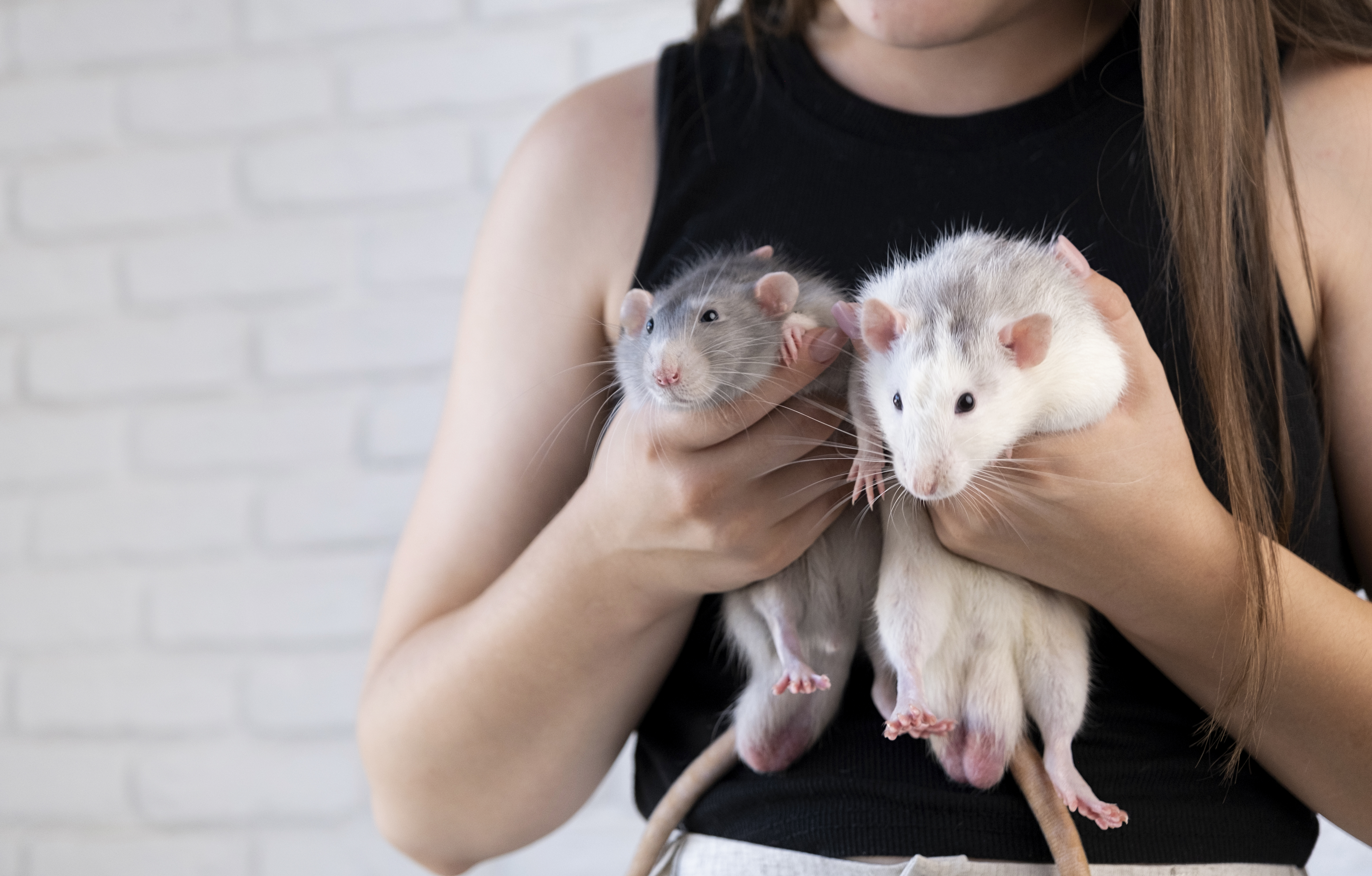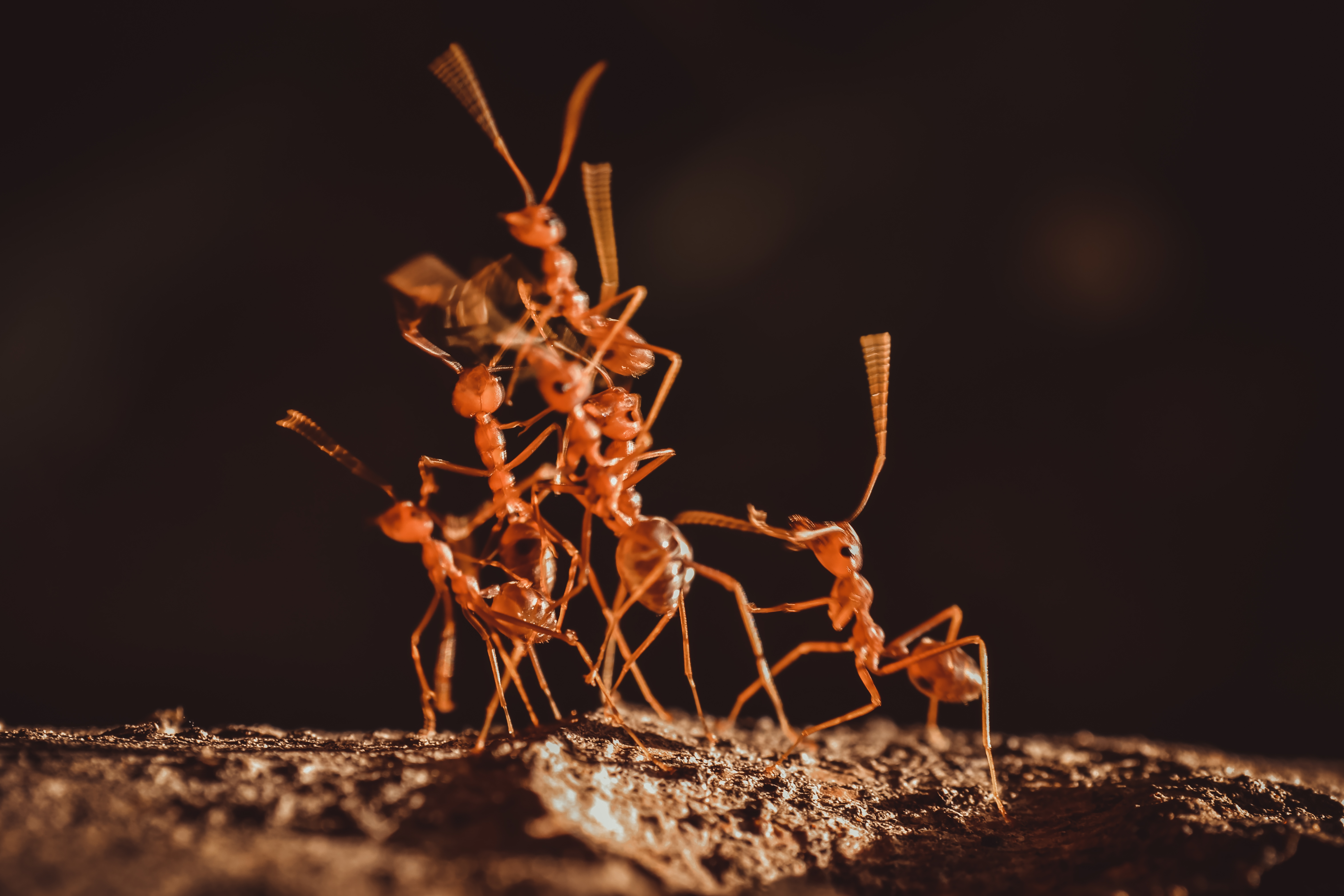The 10 Most Sacred Animals Across Global Cultures
Throughout history, animals have held significant roles in various cultures around the world, often revered as sacred beings with spiritual, symbolic, or mythological importance. These creatures are deeply embedded in the narratives and traditions of societies, representing everything from deities and spirits to symbols of power and wisdom. This exploration delves into ten of the most sacred animals across global cultures, examining the unique roles they play and the profound connections they foster between humans and the natural world. Each section highlights a different animal, illuminating its sacred status and cultural significance, and together they weave a rich tapestry of human-animal relationships that transcend time and geography.
The Cow: Reverence in Hinduism
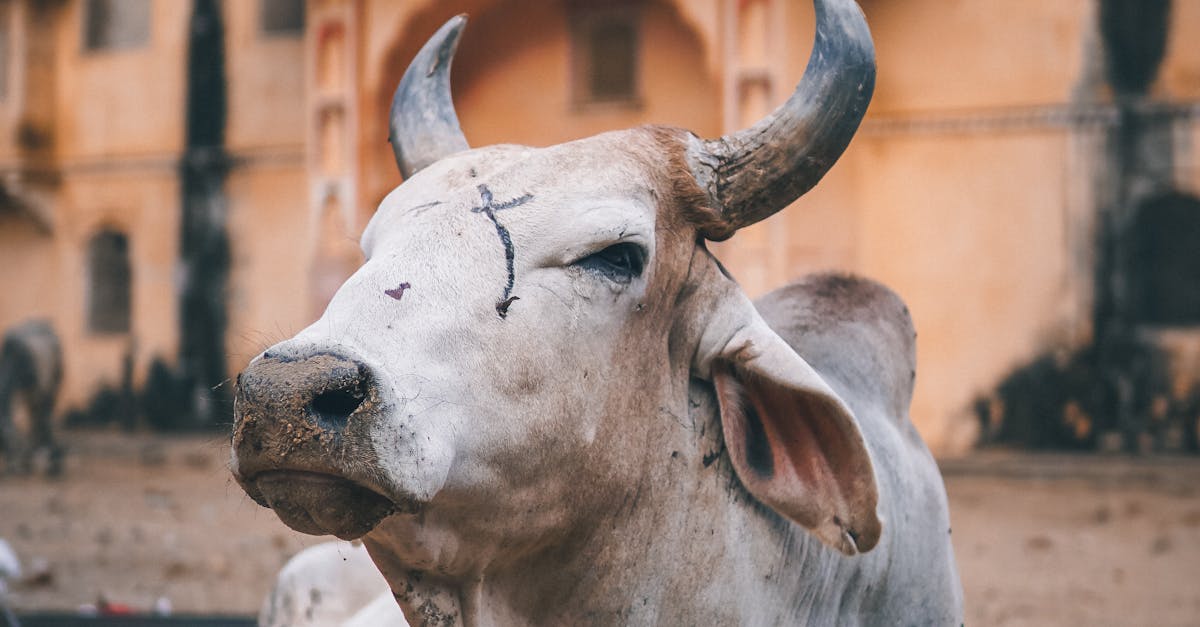
In Hinduism, the cow is not merely an animal but a revered symbol of life and sustenance. Regarded as a manifestation of the divine, cows are associated with the goddess Kamadhenu, the wish-fulfilling cow, and are considered sacred across India. They symbolize non-violence, motherhood, and the sustenance of life, as they provide milk and dairy products essential to the Indian diet. The cow's sacred status is reflected in numerous Hindu rituals and festivals, where they are often decorated and worshipped. This deep reverence underscores the Hindu principle of ahimsa, or non-violence, and highlights the cow’s integral role in Indian spirituality and culture.
The Eagle: A Symbol of Power and Freedom
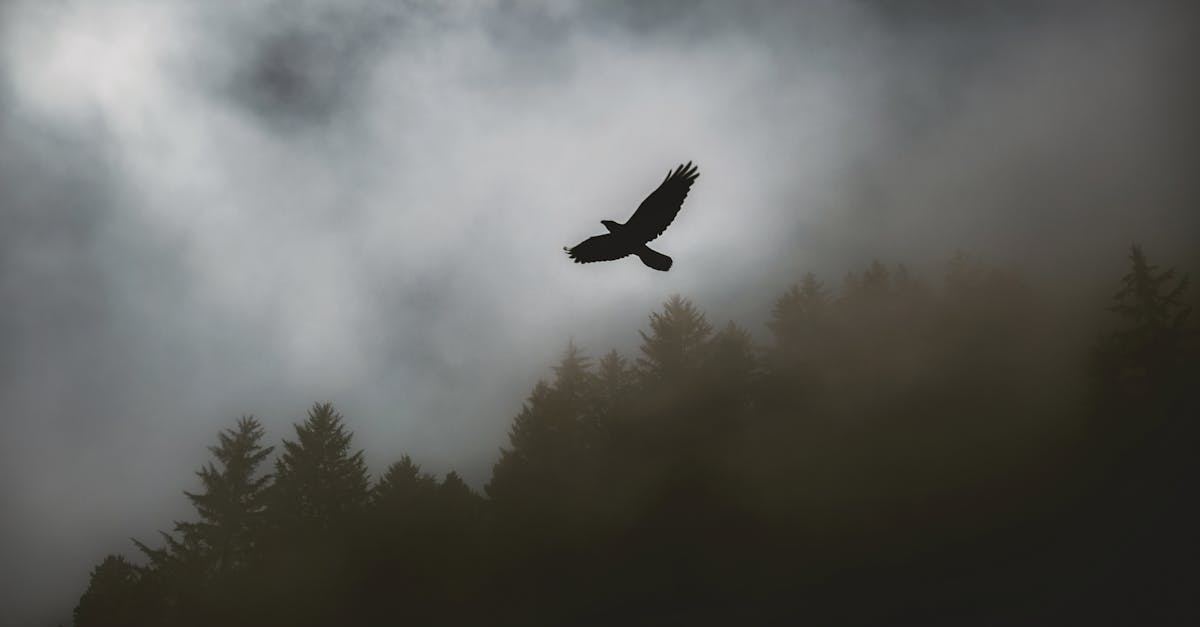
In many Native American cultures, the eagle is a sacred bird symbolizing power, freedom, and spiritual connection. Its ability to soar high in the sky is seen as a bridge between the earthly world and the spirit realm. Eagles are often regarded as messengers of the gods, and their feathers are considered sacred, used in various rituals and ceremonies to invoke protection and divine guidance. The eagle's keen vision and majestic flight embody the qualities of strength and foresight, making it a powerful totem for those who seek a deeper understanding of their spiritual path and connection to the natural world.
The Cat: Guardians of the Underworld
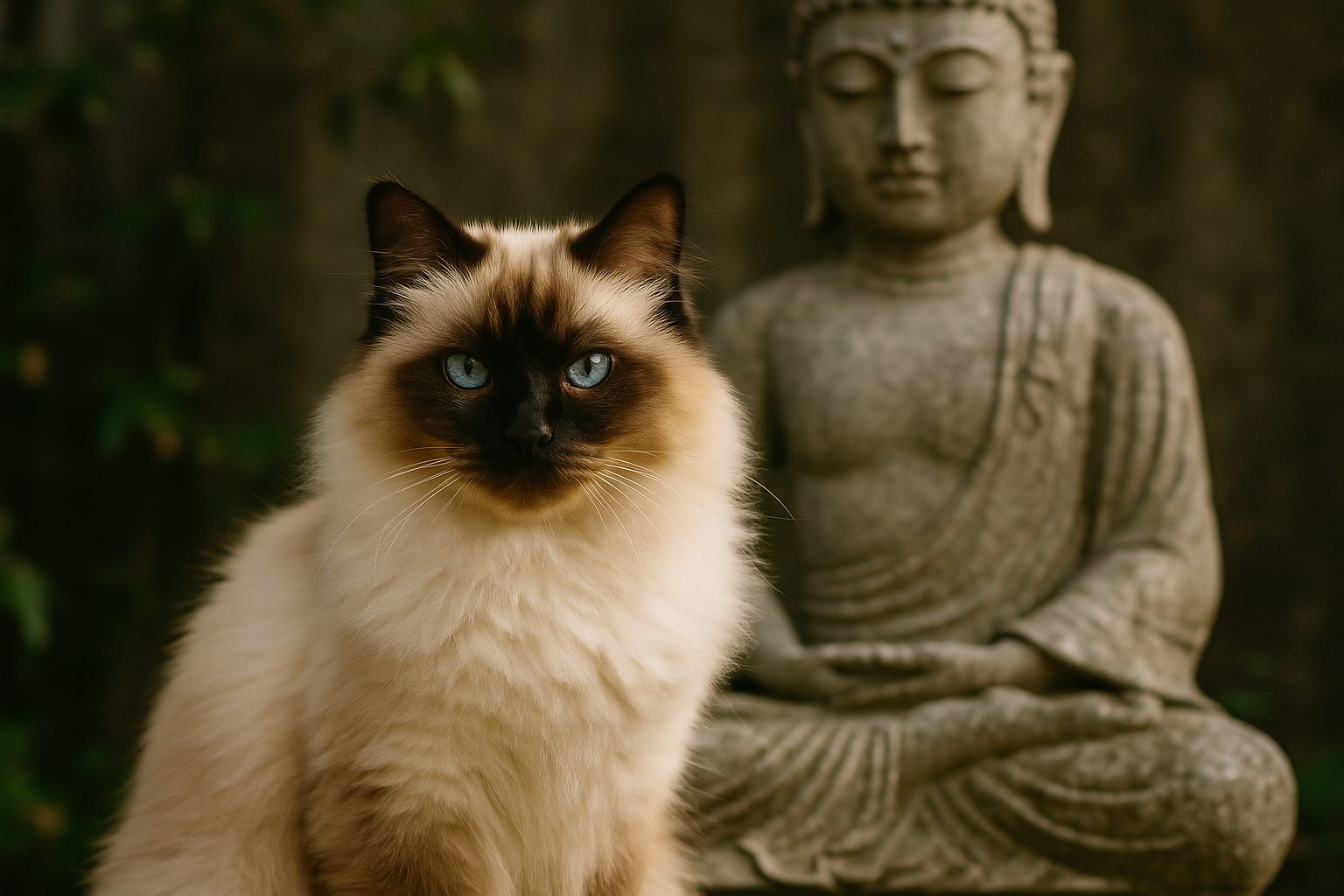
In ancient Egyptian culture, cats were revered as sacred animals, closely associated with the goddess Bastet, who embodied home, fertility, and protection. Cats were believed to be guardians of the underworld, capable of warding off evil spirits and bringing good fortune to their owners. Their graceful demeanor and mysterious nature earned them a place in the hearts of Egyptians, who often kept cats as beloved pets and even mummified them as offerings to Bastet. The reverence for cats in ancient Egypt reflects the profound respect for their enigmatic presence and their perceived role as protectors of the household and spiritual guides.
The Elephant: Wisdom and Memory
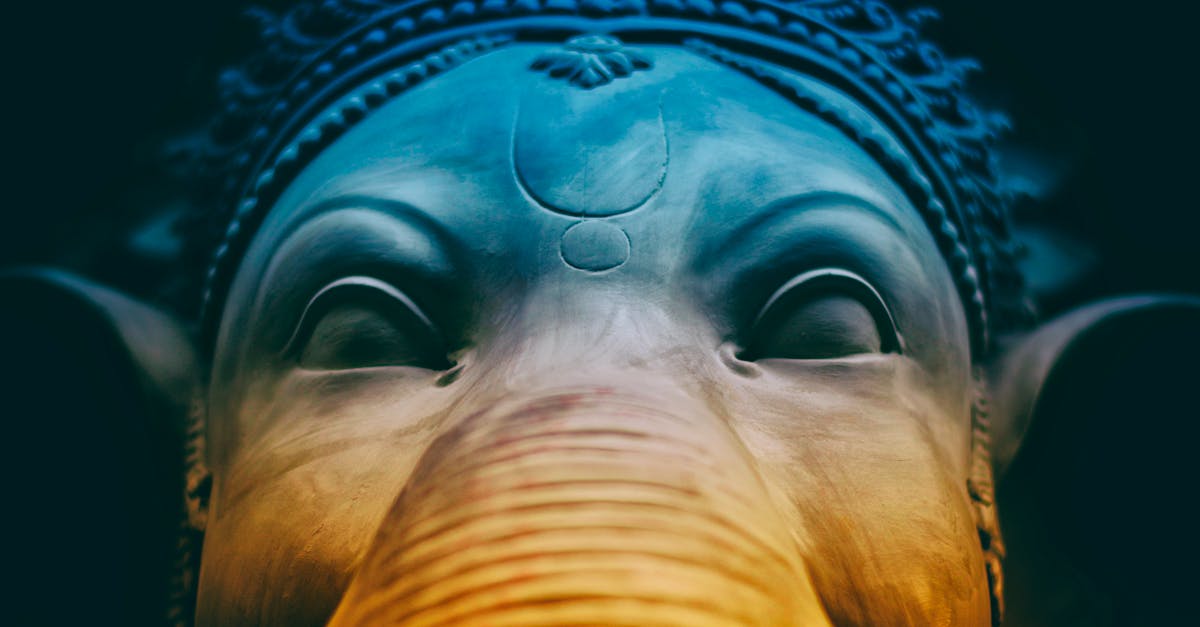
In many Asian cultures, particularly in India and Thailand, elephants are regarded as symbols of wisdom, memory, and strength. The Hindu god Ganesha, with his elephant head, is worshipped as the remover of obstacles and the patron of arts and sciences. Elephants are also associated with longevity and are seen as a living embodiment of patience and endurance. In Thailand, they are celebrated during the annual Elephant Festival, which honors their vital role in history and culture. The elephant's sacred status highlights the deep respect for its intelligence and its integral role in the spiritual and cultural fabric of these societies.
The Dolphin: Guardians of the Sea

In ancient Greek and Roman cultures, dolphins were revered as sacred creatures, often associated with the gods of the sea, such as Poseidon and Neptune. Dolphins were believed to be protectors of sailors, guiding them safely through treacherous waters. Their playful nature and intelligence were seen as signs of divine favor, and they were often depicted in art and mythology as symbols of harmony and friendship. The dolphin's sacred status continues in modern times, where they are celebrated for their intelligence and their role as guardians of the ocean, embodying the spirit of freedom and joy in the natural world.
The Snake: Transformation and Rebirth
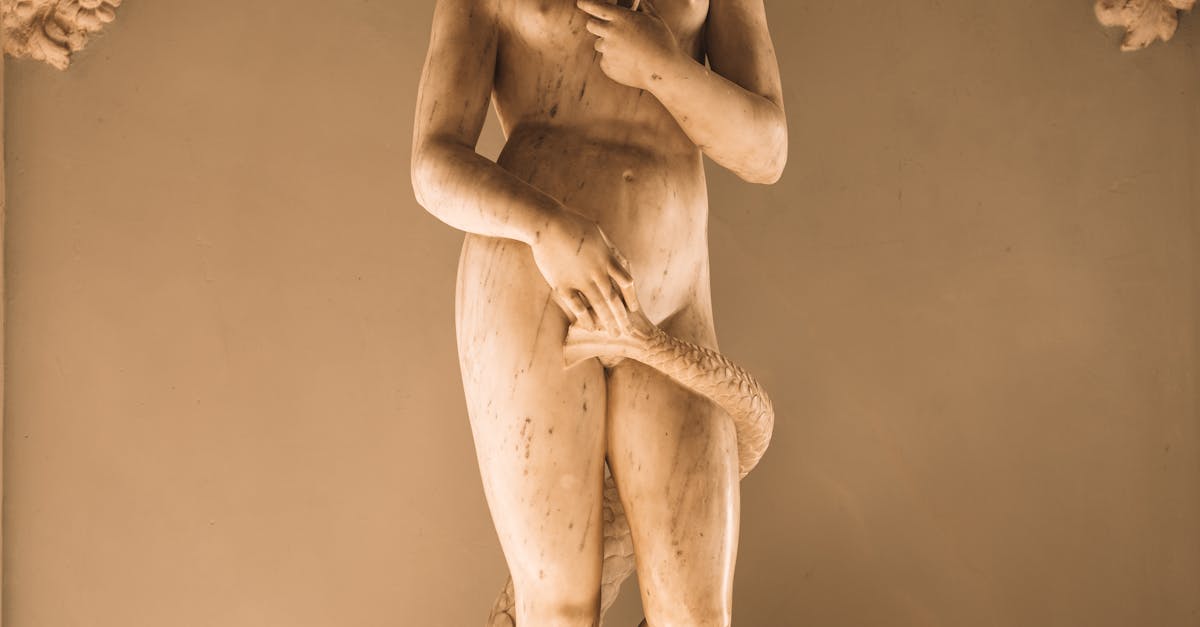
Snakes hold a dual role in various cultures, symbolizing both danger and transformation. In ancient Greek mythology, the snake is associated with Asclepius, the god of healing, and is a symbol of medicine and rejuvenation. In Hinduism, the snake represents Kundalini, a form of primal energy believed to reside at the base of the spine, and its awakening is said to lead to spiritual enlightenment. Snakes are also revered in Native American cultures as symbols of transformation and rebirth, shedding their skin to emerge renewed. This sacred status underscores the snake's role as a powerful emblem of change and spiritual growth across different cultural narratives.
The Raven: The Keeper of Mysteries

In many indigenous cultures, particularly among the Native American tribes of the Pacific Northwest and the Norse mythology, the raven is a sacred creature associated with mystery, transformation, and intelligence. Regarded as a trickster and a creator in various myths, the raven is believed to possess the ability to shape-shift and influence fate. Its dark plumage and cunning nature make it a symbol of the unknown and the mystical, often seen as a mediator between the material and spiritual worlds. The raven's sacred status highlights its role as a keeper of secrets and a guide through the mysteries of life and beyond.
The Wolf: Loyalty and Guardianship
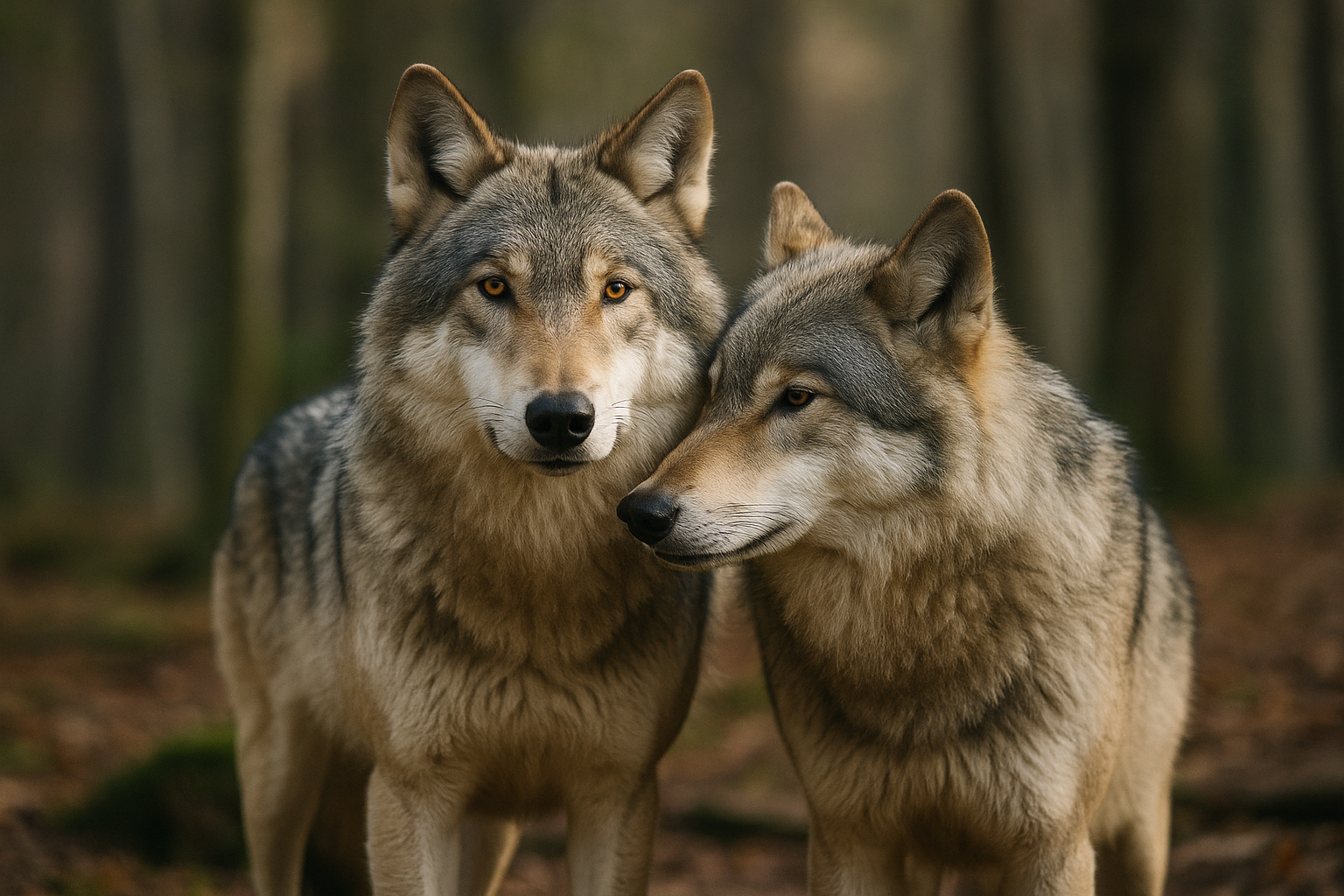
Wolves have been revered across cultures for their loyalty, strength, and complex social structures. In Native American traditions, the wolf is seen as a powerful totem animal, embodying the spirit of leadership, loyalty, and family. Wolves are also associated with the moon and are believed to be the guardians of the night. In Norse mythology, the wolf Fenrir is a formidable creature, symbolizing both destruction and protection. The sacred status of the wolf underscores its role as a guardian and a guide, teaching humans about the importance of community, perseverance, and the balance of nature.
The Bear: Strength and Healing
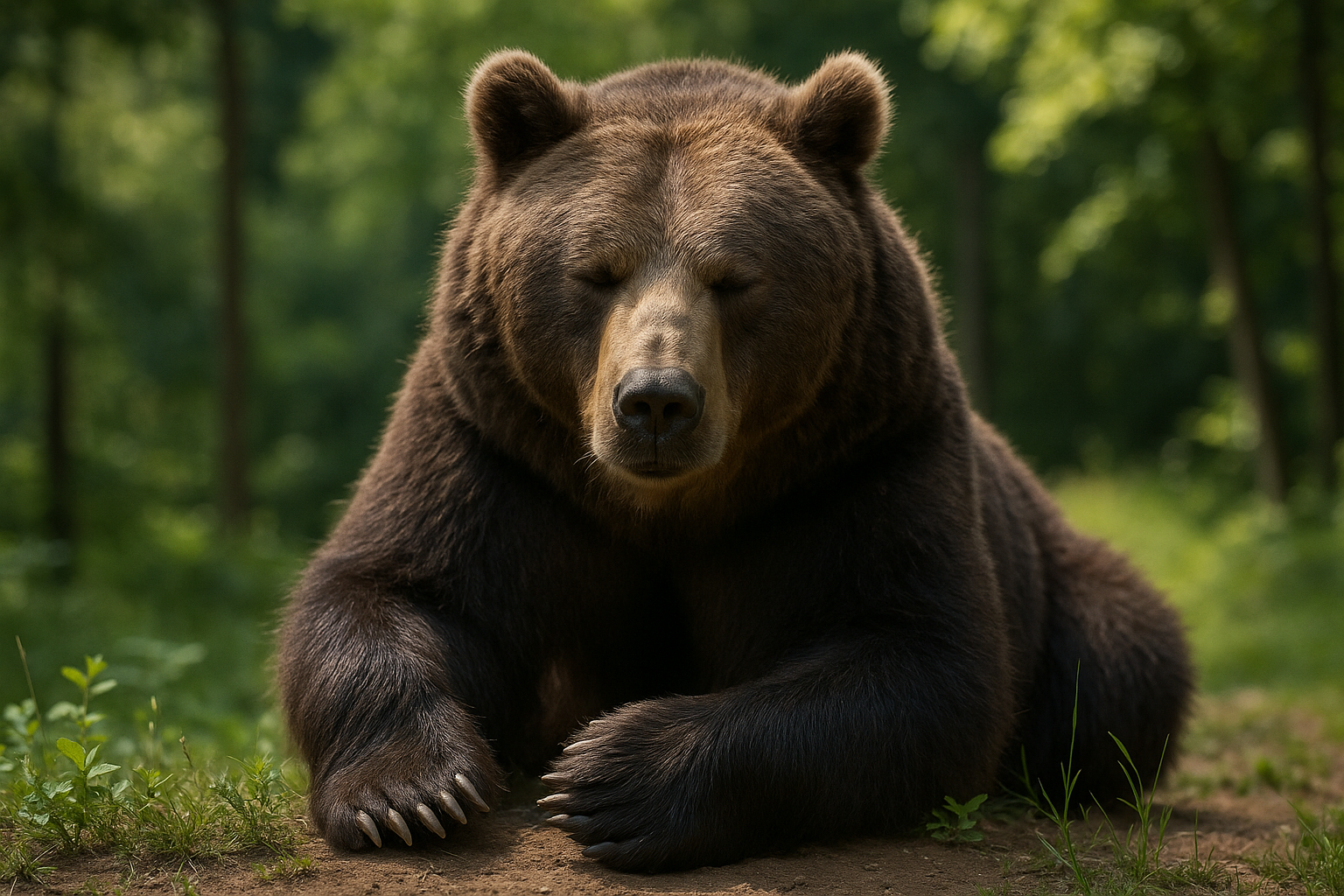
In many indigenous cultures, the bear is a sacred symbol of strength, courage, and healing. Often associated with shamans and spiritual leaders, bears are believed to possess powerful healing abilities and are revered as protectors of the natural world. In Native American folklore, the bear is a symbol of introspection and self-discovery, guiding individuals on their spiritual journeys. The bear's hibernation cycle is seen as a metaphor for renewal and transformation, making it a powerful emblem of resilience and endurance. The sacred status of the bear highlights its role as a teacher and a healer, embodying the spirit of the wilderness and the wisdom of the earth.
The Lion: Royalty and Courage
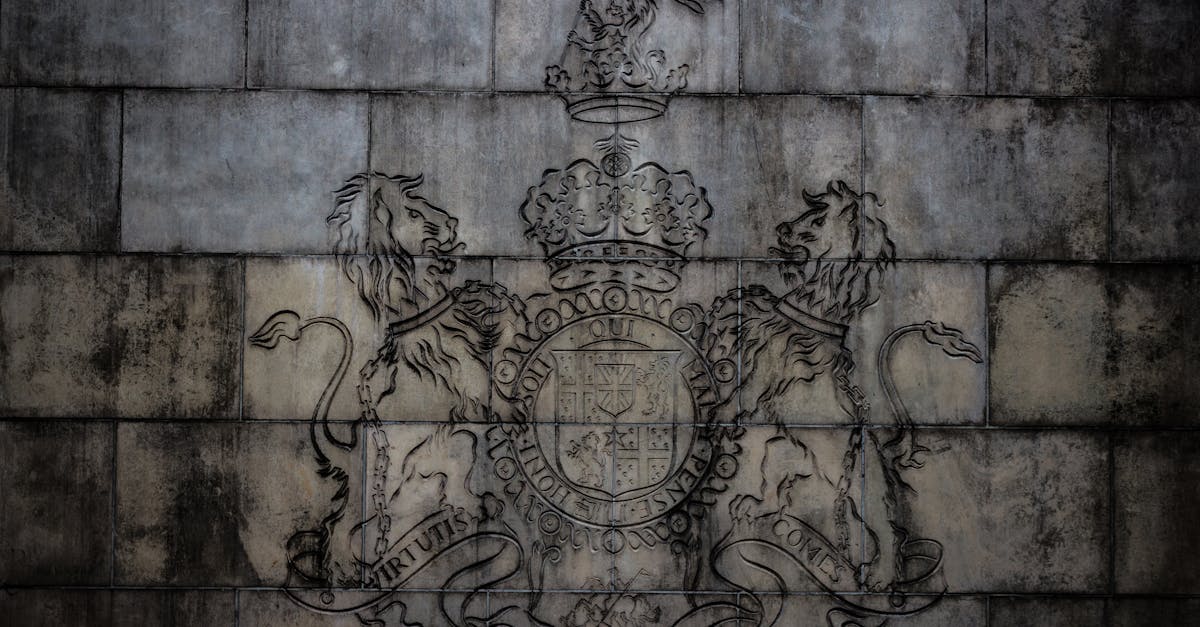
The lion has long been a symbol of royalty, courage, and strength across various cultures. In African traditions, the lion is revered as the king of the beasts, embodying the qualities of leadership and authority. In ancient Egypt, the lion-headed goddess Sekhmet was a powerful deity associated with war and healing. The lion's majestic presence and formidable strength have made it a symbol of power and protection in many societies. The sacred status of the lion reflects its role as a guardian and a symbol of divine power, inspiring awe and respect among those who encounter its regal presence.
The Universal Language of Sacred Animals
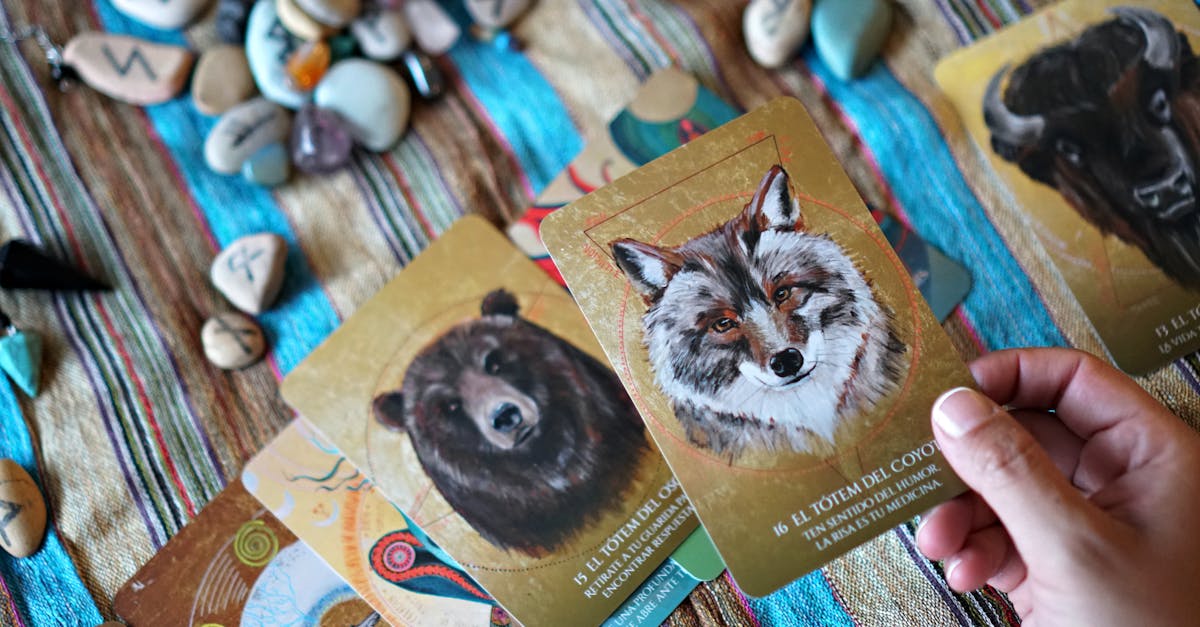
The sacred animals explored in this article highlight the profound connections between humans and the natural world, transcending cultural boundaries and historical epochs. Each creature embodies unique qualities that resonate with the spiritual and cultural values of the societies that revere them. From the cow's gentle sustenance to the lion's regal strength, these sacred animals serve as powerful symbols of the human experience, reflecting our deepest fears, aspirations, and connections to the divine. As we continue to explore and celebrate these sacred animals, we are reminded of the universal language they speak, one that unites us in our shared reverence for the wonders of the natural world.

